Landscape Design
Patio of the Week
Yard of the Week: Peaceful and Lush Hillside Retreat in the City
A landscape designer terraces a steep slope in San Francisco, creating beautiful views and inviting spaces
While the hills of San Francisco are wonderful in some ways, they don’t always make for the best backyards. Behind this home in the Pacific Heights neighborhood, the backyard had a small patio and a steep, unsightly and unusable slope. The homeowners tasked landscape designer Audrey Newell with creating a space where their many grandchildren could roam around freely, with lots of spots where guests could sit and eat during casual cookouts. Aesthetically, they craved beautiful views from inside their home and a minimalist style that would complement their home’s architecture.
Here’s a plan of the site. Newell organized the yard into four sections, divided by retaining walls. The homeowners “wanted the kids to be able to play and run around anywhere they wanted back here. I designed it so that nothing in the planting beds was too precious,” she says.
Another consideration was the homeowners’ minimalist taste. “While they wanted minimalist style for the hardscape, they wanted the plantings to look much more loose and wild,” Newell says. “They love the simplicity of the hardscape and the way it contains the wildness of the plant palette.” She used a wide variety of foliage, colors and textures in the beds.
Find a masonry-and-concrete contractor on Houzz
Another consideration was the homeowners’ minimalist taste. “While they wanted minimalist style for the hardscape, they wanted the plantings to look much more loose and wild,” Newell says. “They love the simplicity of the hardscape and the way it contains the wildness of the plant palette.” She used a wide variety of foliage, colors and textures in the beds.
Find a masonry-and-concrete contractor on Houzz
Most of the back of the house is glass, and having the garden provide a beautiful view from inside was one of the most important aspects of the project to the homeowners. Newell centered the outdoor staircase off the center of the indoor dining table, and chose plants with a variety of leaf shapes and sizes that could be seen from indoors.
Need a pro for your landscape design project?
Let Houzz find the best pros for you
Let Houzz find the best pros for you
Newell used dimensional Blue Select bluestone for the patio pavers. “‘Select’ means there is not a wide color range,” she says. She also used bluestone on the stair treads and the seating wall around the fire pit. The rest of the hardscape is concrete coated in integrally tinted stucco, custom-colored to match the bluestone. The path close to the fire pit and the area inside the fire pit seating wall are covered in gravel. “I love gravel. It’s permeable, and I love the way it crunches under your feet,” she says.
What to Know About Adding a Patio
What to Know About Adding a Patio
“My clients didn’t want an outdoor dining table, but they did want a lot of room for people to spread out to eat when they cooked out,” Newell says. So she set a long cantilevered bench around two sides of the patio. The longest stretch of the bench is 25 feet long. The homeowners can “open up the doors so people can move in and out of the house, find a perch on the bench or wander up to the fire pit seating wall,” she says.
The bench is a beautiful architectural feature as well, the designer adds. The oil-sealed wooden bench slats are Thermory, an ash wood that has been thermally modified for rot resistance and stability. “I chose this material because my clients asked for ipe, but I knew with slats this long, ipe would eventually twist,” Newell says. “We had beautiful custom steel supports made to hold up the bench.”
Bench woodworker: Vorrath Woodworks; wood oil: Cutek Extreme
The bench is a beautiful architectural feature as well, the designer adds. The oil-sealed wooden bench slats are Thermory, an ash wood that has been thermally modified for rot resistance and stability. “I chose this material because my clients asked for ipe, but I knew with slats this long, ipe would eventually twist,” Newell says. “We had beautiful custom steel supports made to hold up the bench.”
Bench woodworker: Vorrath Woodworks; wood oil: Cutek Extreme
Note how the bench serves as a step within the staircase. Two charcoal-colored glazed ceramic pots flank the staircase. “Succulents were on my clients’ must-have list, and they need different soil to thrive. And putting them in pots got them a little bit closer to the sunlight,” Newell says. “Using pots also makes it easier to switch plants out if they need to in the future.”
This photo shows the variety of colors, shapes and scales of the foliage, from spiky to oblong and from deep glossy greens to light variegated greens.
Browse planters in the Houzz Shop
This photo shows the variety of colors, shapes and scales of the foliage, from spiky to oblong and from deep glossy greens to light variegated greens.
Browse planters in the Houzz Shop
The succulents from the planters can be seen in the foreground here. They include ‘Kiwi’ aeonium (Aeonium ‘Kiwi’, USDA zones 9 to 11; find your zone), ‘Jolly Green’ aeonium (Aeonium ‘Jolly Green’, zones 9 to 11), Afterglow echeveria (Echeveria ‘Afterglow’, zones 9 to 11) and chalk dudleya (Dudleya pulverulenta, zones 9 to 11).
This photo also shows one of the unobtrusive landscape lights Newell used in the yard. “I don’t like to overlight a landscape, because I think our sky has too much light pollution as it is,” she says. “I mostly added path lights for safety. And they look beautiful when looking at the garden from inside the house at night.”
This photo also shows one of the unobtrusive landscape lights Newell used in the yard. “I don’t like to overlight a landscape, because I think our sky has too much light pollution as it is,” she says. “I mostly added path lights for safety. And they look beautiful when looking at the garden from inside the house at night.”
The balcony and roof deck have views of the yard as well. Newell chose plants that could be appreciated from a distance. For example, on the top terrace she planted bear’s breech (Acanthus mollis, zones 7 to 11). “These have big, bold, shiny leaves and tall, spiky white flowers that look great from a distance. And they do well in shade,” she says. The tree ferns also are prominent enough to be seen from the house.
Adding to the variety of textures, colors and shapes in the garden are ‘Jean May’ sasanqua camellia (Camellia sasanqua ‘Jean May’, zones 7 to 10), Tasmanian tree fern (Dicksonia antarctica, zones 9 to 10), sago palm (Cycas revoluta), variegated paperplant (Fatsia japonica ‘Variegata’, zones 8 to 11), foxtail fern (Asparagus densiflorus ‘Myers’, zones 9 to 11), variegated flax lily (Dianella tasmanica ‘Variegata’, zones 9 to 11) and ‘Winterbourn’ philodendron (Philodendron xanadu ‘Winterbourn’, zones 10 to 11).
Newell also used native wild ginger (Asarum caudatum, zones 7 to 10) as a ground cover. “This isn’t a native garden, but I like to work natives into every project,” she says. “It doesn’t show in these photos, but in the time since they were taken, it has filled in very nicely.”
Not sure where to start on your home project? Click here to learn the basics
Adding to the variety of textures, colors and shapes in the garden are ‘Jean May’ sasanqua camellia (Camellia sasanqua ‘Jean May’, zones 7 to 10), Tasmanian tree fern (Dicksonia antarctica, zones 9 to 10), sago palm (Cycas revoluta), variegated paperplant (Fatsia japonica ‘Variegata’, zones 8 to 11), foxtail fern (Asparagus densiflorus ‘Myers’, zones 9 to 11), variegated flax lily (Dianella tasmanica ‘Variegata’, zones 9 to 11) and ‘Winterbourn’ philodendron (Philodendron xanadu ‘Winterbourn’, zones 10 to 11).
Newell also used native wild ginger (Asarum caudatum, zones 7 to 10) as a ground cover. “This isn’t a native garden, but I like to work natives into every project,” she says. “It doesn’t show in these photos, but in the time since they were taken, it has filled in very nicely.”
Not sure where to start on your home project? Click here to learn the basics
This rendering shows the grill area along the far wall of the patio. This location is convenient but keeps it out of view. Newell also had rotting sections of fencing repaired, repurposing what she could. Different types of fencing had been used on different sides of the yard, so she had all of it stained gray to tie everything together.
She’s happy to note that since the project was finished, her clients have really taken to gardening. “They don’t have any outside help, and every time I visit, I can tell [the garden is] beautifully cared for,” she says, adding that gardening has “become a wonderful hobby for them.”
More on Houzz
Read more stories about patios
Browse thousands of patio photos
Shop for your outdoor spaces
She’s happy to note that since the project was finished, her clients have really taken to gardening. “They don’t have any outside help, and every time I visit, I can tell [the garden is] beautifully cared for,” she says, adding that gardening has “become a wonderful hobby for them.”
More on Houzz
Read more stories about patios
Browse thousands of patio photos
Shop for your outdoor spaces
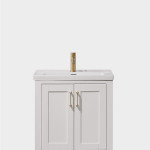

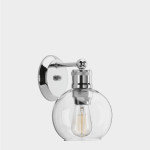

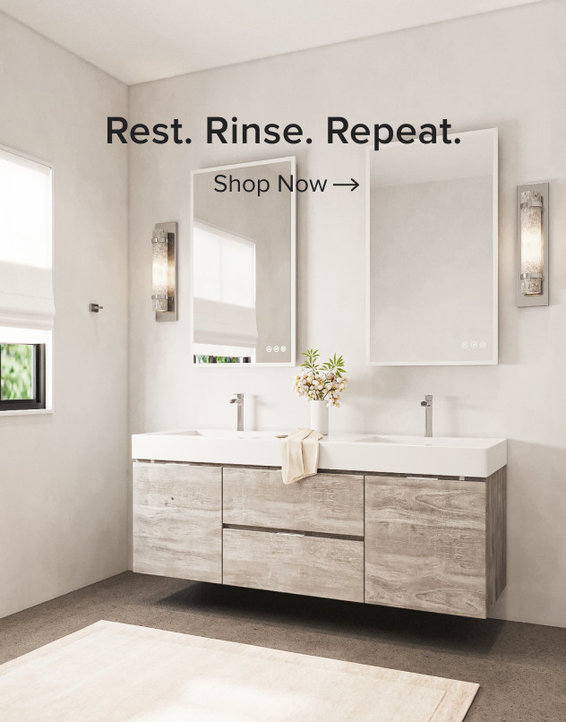


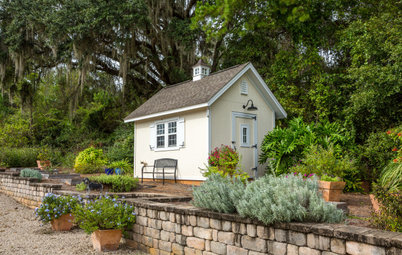
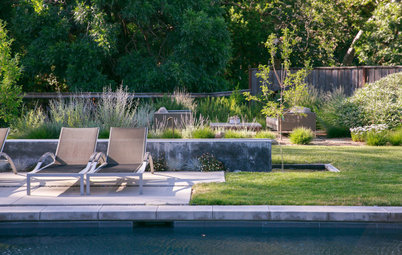
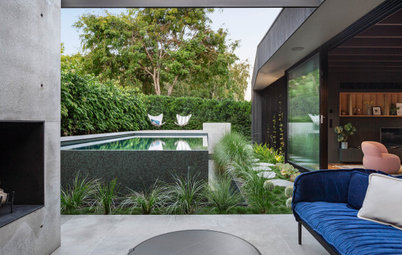
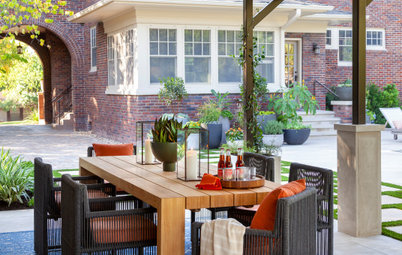
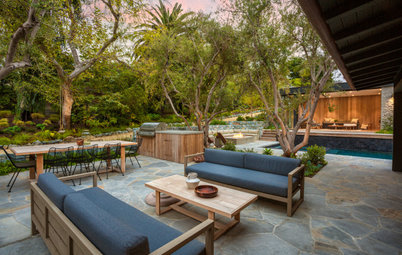
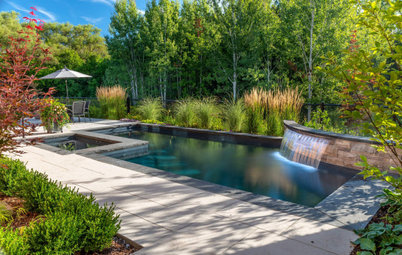
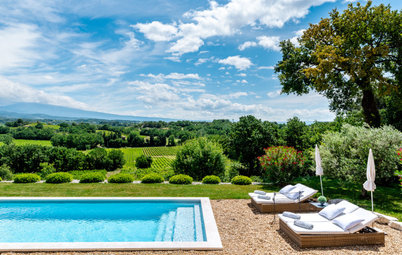
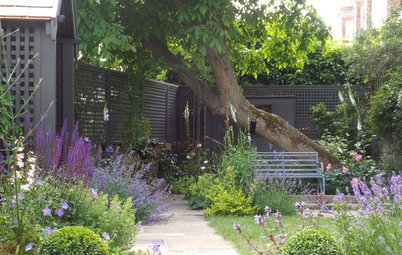
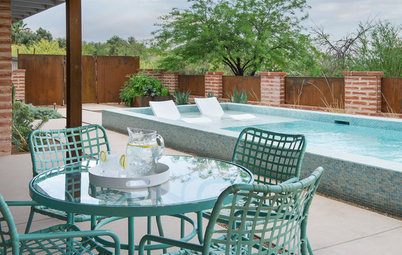
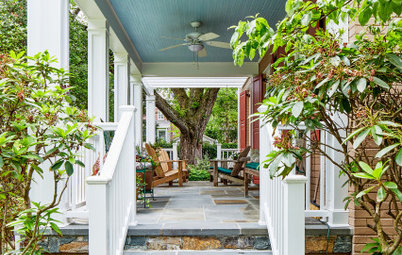
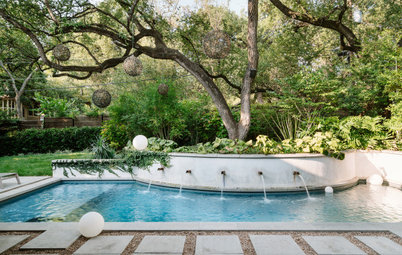
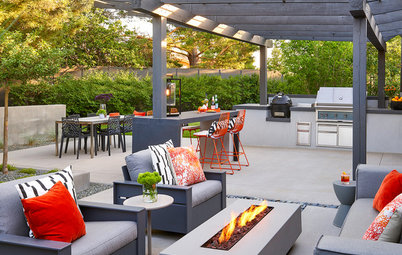
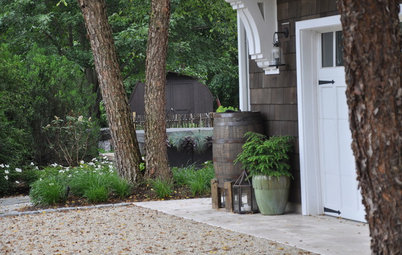
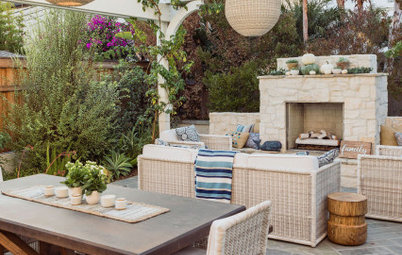
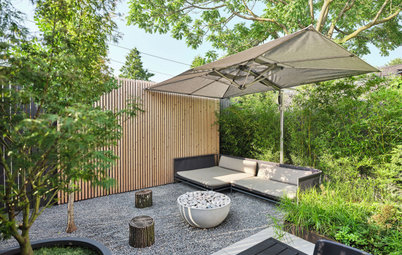






Yard at a Glance
Who lives here: A couple
Location: San Francisco
Size: 1,750 square feet (163 square meters)
Landscape designer: Audrey Newell of The Foxy Garden
The steep slope of the previous yard began just a few steps off the back of the house. There had been a small patio, and up one side were some precarious remains of an old staircase composed of landscape ties. “There were existing trees, and I knew it was important to save some of them,” Newell says. These included a large multistemmed saucer magnolia (Magnolia x soulangeana), seen here on the left, and a few yew pines (Podocarpus macrophyllus). The trees she preserved provide shade to approximately half of the backyard.
The designer composed an extensive grading plan that pushed the slope back to make room for a larger patio directly off the house. It also allowed for a flat area at the top of the hill with a fire pit surrounded by a seating wall. She created gently sloped terraces between the two with retaining walls.
The steep slope and location of the house created many grading and installation challenges. “The guys had to carry the dirt out to the street via many stairs in 5-pound buckets,” Newell says. “And the bluestone stair treads they had to carry in weighed about 350 pounds each.”